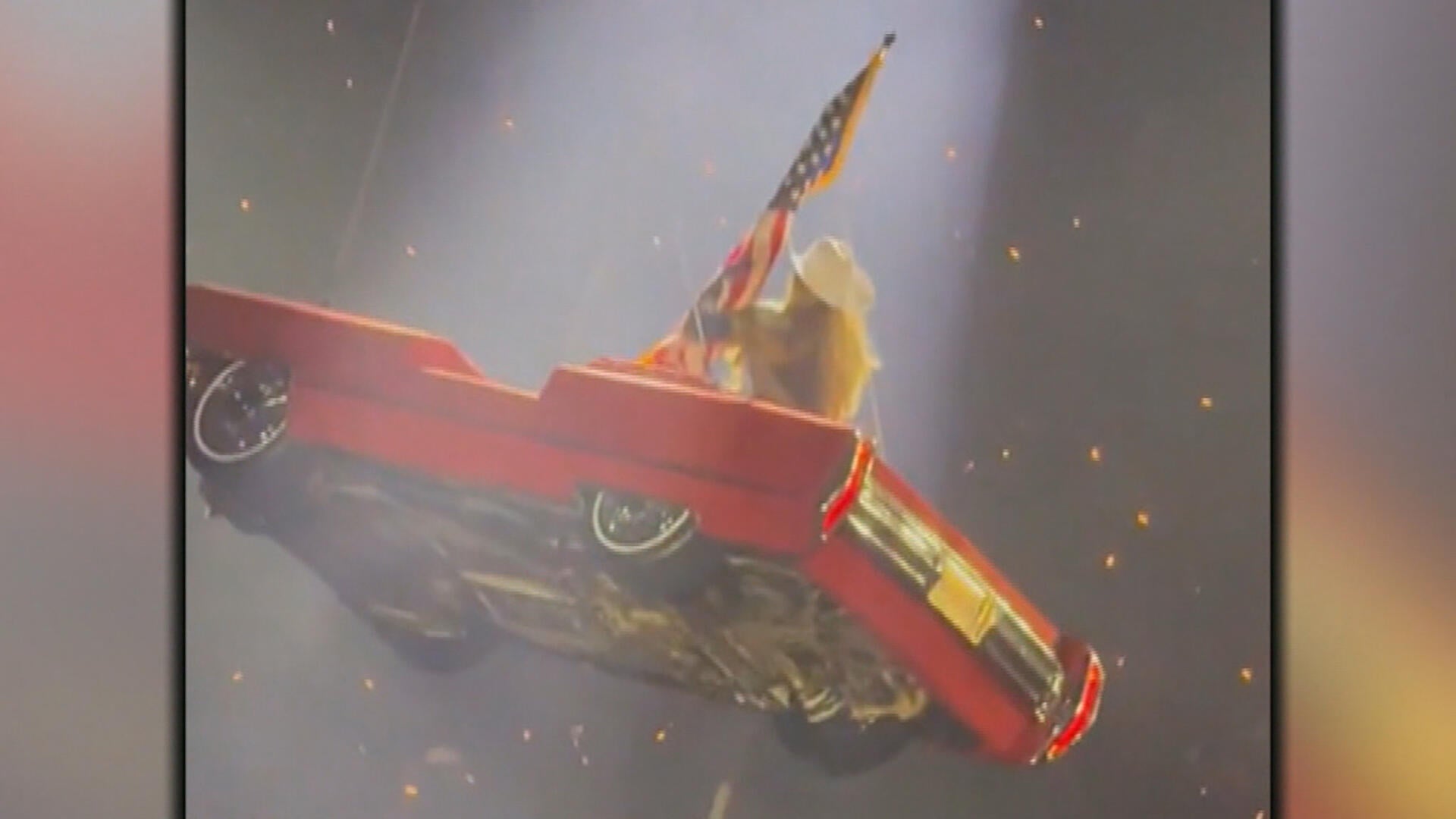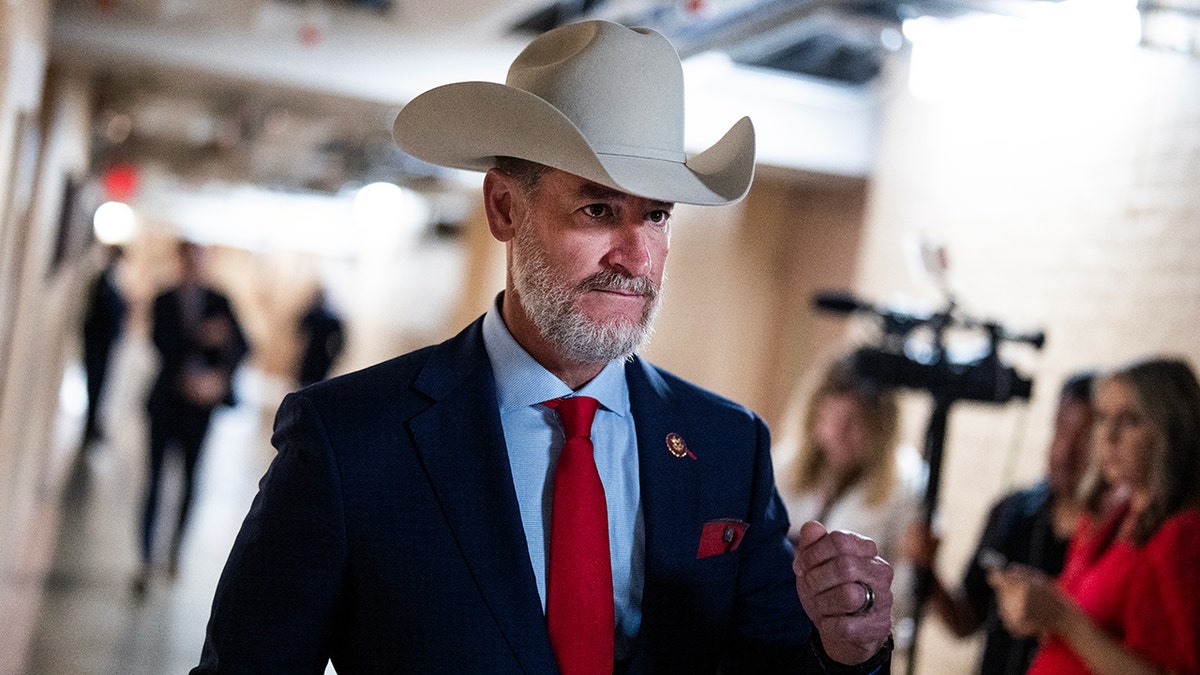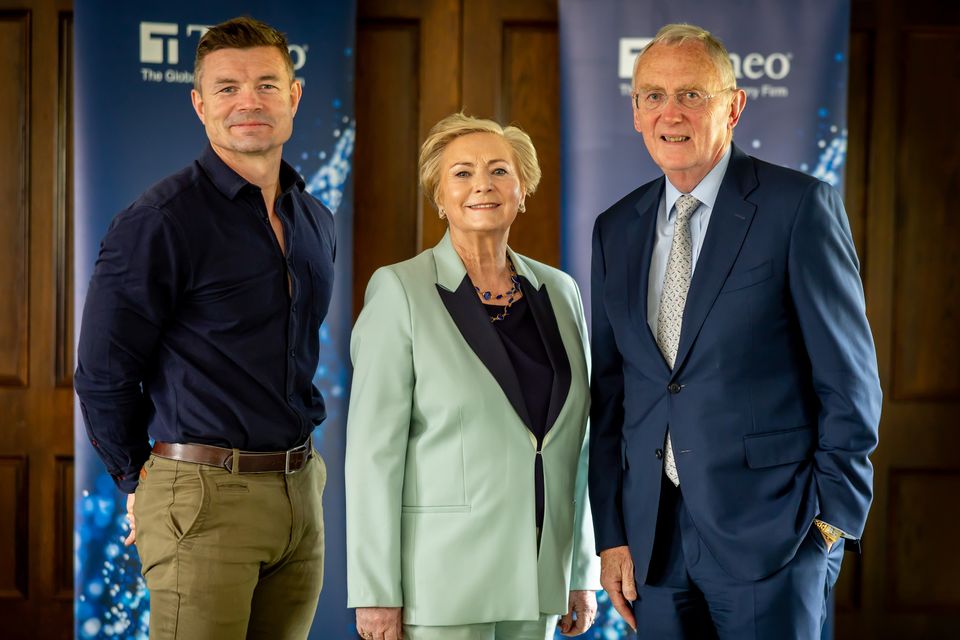Cubs have a clear lane for the trade deadline — and their sweep of the Rockies showcased how they got there

In Jed Hoyer’s tenure as president of baseball operations, he never before has been in this position: two months before the trade deadline, he fielded questions from reporters about how he’s going to add to the team — and he didn’t feel the need to hedge.
“Our [pitching] depth, it’s been tested,” Hoyer said this week. “And we have to assume that that’s not going to stop, that we’ll continue to be tested. And we have to continue to find depth where we can find it.”
When Hoyer took over for Theo Epstein as the head of the department after the 2020 season, his first task was dismantling the remaining 2016 World Series core. Then after back-to-back rebuilding years, the last two deadlines have been nail-biters: will the Cubs add or won’t they?
Now the Cubs are clearly the best team in the National League Central and looking to reinforce the group for an expected playoff push.
The Cubs’ 2-1 win Wednesday against the Rockies, finishing a three-game sweep at Wrigley Field, was far from the team’s biggest test this season. But even in a tight game against the worst team in the majors, the Cubs showcased themes that have carried them to this point.
The big swing came from cleanup hitter Pete Crow-Armstrong, who blasted his 15th home run of the season in the fourth inning. Up until a few weeks ago, Crow-Armstrong mostly was batting seventh in the order — showing the length of the lineup.
Crow-Armstrong’s 50th RBI of the season made him and Seiya Suzuki the first pair of Cubs teammates to reach 50 RBI each before the 60-game mark since the RBI became an official stat in 1920, according to team historian Ed Hartig.
The Cubs entered Wednesday leading the majors in runs (328). They have scored four or more runs in an inning 24 times already this season — all before the 50-game mark. That’s an achievement the Cubs haven’t replicated since the late 1880s.
“We’ve had a lot of four- or five- run innings,” Hoyer said this week, “and that’s something that we just couldn’t do last year, in part because that inning would hit a dead spot, a lot of times early in the season, and that hasn’t been the case so far.”
That ability to score in bunches has helped them pull off 16 comeback wins this season, including one this series.
The Cubs’ starting pitching depth has been purged by injuries to Justin Steele (elbow surgery), Shota Imanaga (strained left hamstring) and Javier Assad (strained left oblique). But in addition to Colin Rea and Cade Horton filling the holes in the rotation, Jameson Taillon and Matthew Boyd have stepped in to lead the group.
In Boyd’s six innings Wednesday, he only allowed one run, which was unearned due to his own throwing error on a pickoff attempt. That performance lowered his ERA to 3.08, the best mark among active Cubs starters.
On a chilly night at Wrigley Field, when the Cubs’ offense wasn’t scoring in bunches, he made a low-scoring win possible.
“Matt was great,” manager Craig Counsell said after the game. “I thought his changeup was a huge pitch today.”
Then the Cubs’ bullpen turned in three shutout innings to finish the game, with right-hander Daniel Palencia collecting his fourth save of the season. Over the last two weeks (13 games), the Cubs’ bullpen has held opponents to five runs in 46⅔ innings (0.96 ERA).
The Cubs still will look to add to their pitching staff at the July 31 trade deadline. While they’ve supplemented the bullpen with smaller moves throughout the season, bigger trades often don’t come together until late July.
Hoyer repeatedly has said that his contract status doesn’t affect how he does his job, but the fact remains that this is Hoyer’s last shot to get the Cubs to the playoffs before his current contract expires.
It’s refreshing to know, even before June hits, which direction this is heading.




